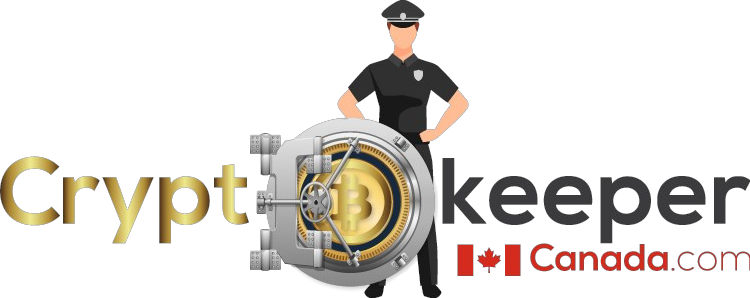With a staggering 100% growth in just two months and a partnership with BitPay, PYUSD is making significant inroads in the merchant sector.

PayPal’s introduction of its digital currency, PayPal USD (PYUSD), has stirred considerable interest among financial industry stakeholders, positioning it as a “potential risk to traditional banks.” This sentiment is echoed by John Adams, an expert in the U.S. banking sector and chief editor at American Banker magazine.
Adams believes that PYUSD challenges banks due to its potential to make significant inroads in the payment market. His perspective is bolstered by PYUSD’s integration with BitPay, a renowned cryptocurrency payment processing platform, this past September. This integration allows BitPay users to spend their PYUSD at affiliated merchants and store it in their self-custody wallets.
“The initial slow uptake of PYUSD isn’t surprising. Every new currency requires time to gain momentum. With PayPal, the currency’s utility is what truly matters,” remarked Bill Zielki, BitPay’s Head of Marketing. He believes that PayPal’s vast scale and user base will position PYUSD as a preferred long-term payment option, granting it substantial influence in the domain.
BitPay anticipates that PayPal’s stature will boost payment volumes and potentially attract more merchants to its expansive network. Last year, PayPal reported over 430 million active accounts, while BitPay boasts about 250 merchants in its network.
One notable aspect since PYUSD’s debut two months ago is its market capitalization, which saw a surge of over 100%, reaching USD 130 million. This could indicate growing acceptance of the digital currency among businesses and individual users. However, it still lags behind market leaders like Tether (USDT) with a capitalization of USD 83 billion and USD Coin (USDC) at USD 25 billion, as per CoinMarketCap data. Zielki drew parallels between PYUSD and USDC, noting that the latter had a modest start on BitPay but now constitutes 15% of its payment volume.
PYUSD, a stablecoin, aims to mirror the value of a fiat currency, in this case, the U.S. dollar. It operates within the Ethereum network.
It was previously reported that PayPal’s digital currency is fully backed by U.S. dollar deposits and short-term U.S. Treasury bonds. Additionally, PayPal users can transfer it between company accounts and to external wallets.
Currently, U.S. users can purchase PYUSD directly on PayPal’s platform. International users can access it via exchanges where it’s listed, including Bitget, Kraken, Coinbase, KuCoin, and Bitstamp.

